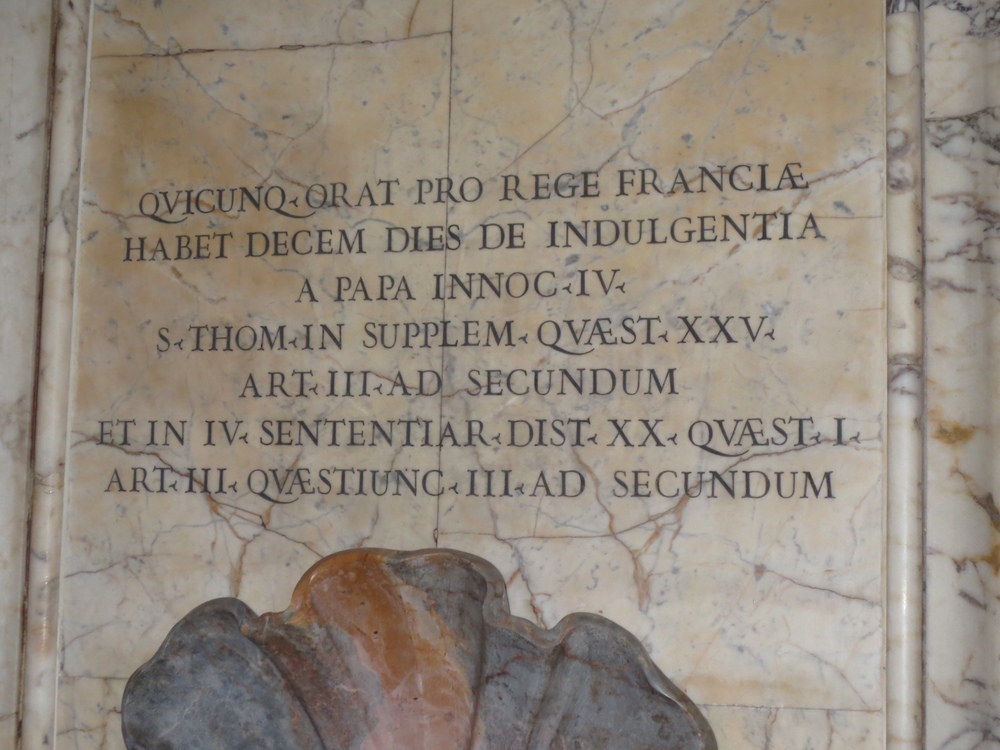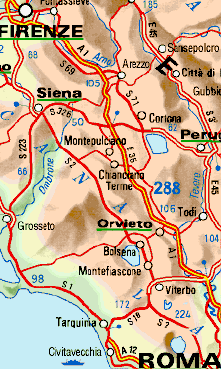Aquinas at S. Luigi dei Francesi in Rome
/Dr. Andrew Dinan, who teaches classical languages here at AMU, not long ago helped lead a group of classics majors on a trip to Rome. As you can imagine, they spent a lot of time reading Latin inscriptions around the Eternal City.
Dr. Dinan shared with me the below photo of an inscription from San Luigi dei Francesi:

Here is my translation:
WHOEVER PRAYS FOR THE KING OF FRANCE
RECEIVES AN INDULGENCE OF TEN DAYS
FROM POPE INNOCENT IV.
ST. THOMAS, SUMMPLEMENT, Q. 25,
A. 3, AD 2
AND COMMENTARY ON THE SENTENCES, IV, D. 20, Q. 1,
A. 3, QC. 3, AD 2
I have been to San Luigi a few times but never noticed this inscription. The text referred to in the inscription from the Sentences commentary is this:
[E]tiam pro pure spiritualibus potest fieri indulgentia, et fit quandoque: sicut quicumque orat pro rege Franciae, habet decem dies pro indulgentia a Papa Innocentio IV et similiter crucem praedicantibus datur quandoque eadem indulgentia que crucem accipientibus
In other words:
Indulgences also can be, and sometimes are, granted even for purely spiritual things. Thus Pope Innocent IV granted an indulgence of ten days to all who prayed for the king of France. And similarly whoever preaches a crusade or takes part in a crusade is granted the same indulgence.
The text from the Supplementum, being lifted from the Sentences commentary, is the same text.


